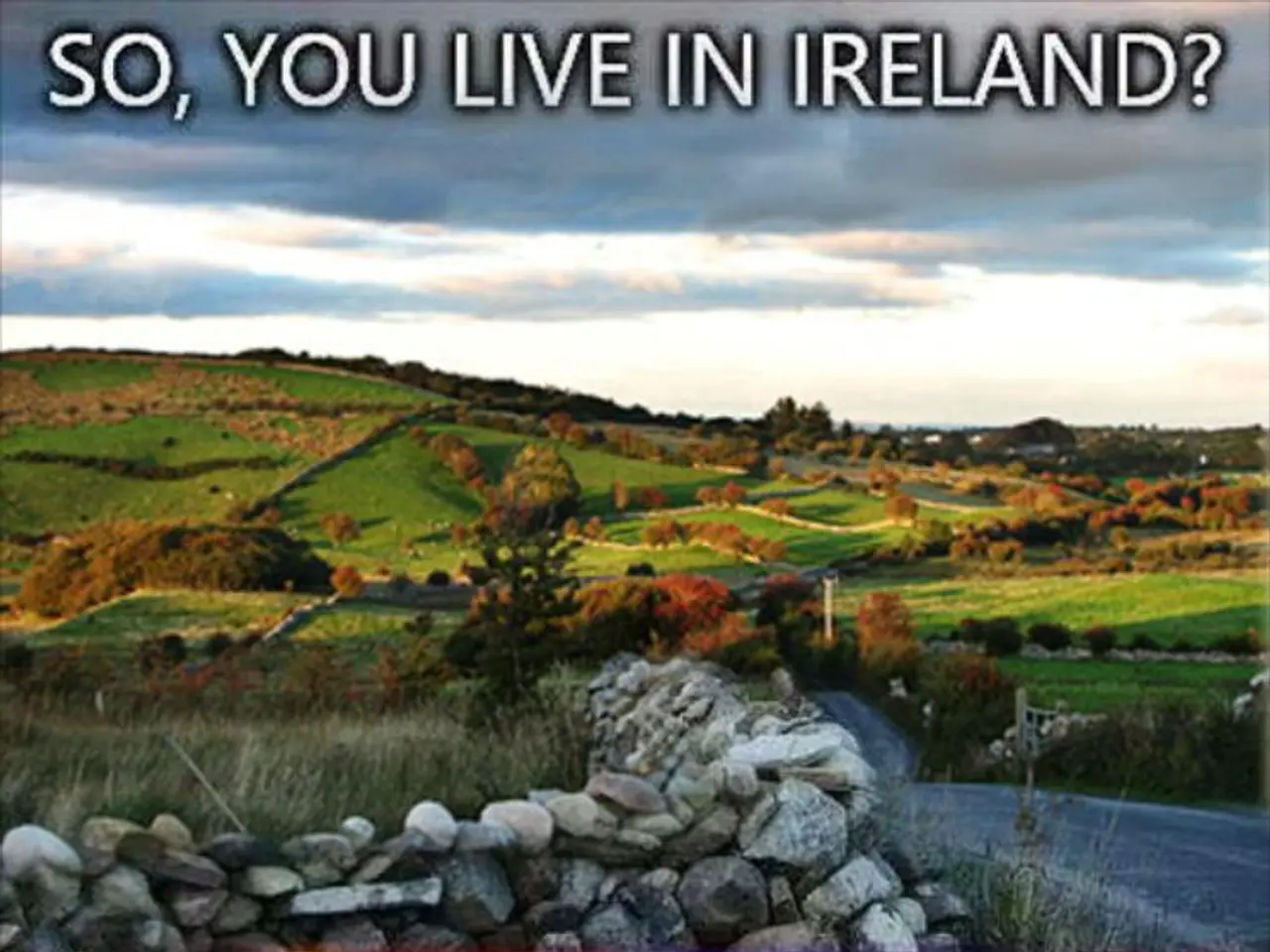Fire suppression teams successfully manage to curb a large-scale forest blaze in France
Wildfire and Heatwave Ravage Southern France
A devastating wildfire, fuelled by a relentless heatwave, continues to wreak havoc in southern France, with authorities scrambling to contain the blaze and protect vulnerable communities.
Firefighting and Control Measures
Thousands of firefighters, including 2,000 in the Aude department alone, have been mobilized to battle the wildfires that have already destroyed thousands of hectares and claimed lives [1][2]. Firefighting units work tirelessly, around the clock, to protect residential areas and sensitive sites such as coastal resorts [1]. Firefighters are stationed at the fire edges to prevent flare-ups or spread, although full extinguishment may take weeks due to smoldering hotspots [2]. Emergency crews coordinate evacuations and public safety measures as necessary, maintaining a high state of alert [1][2].
Prediction and Monitoring Measures
Researchers and authorities closely monitor wildfire behaviour, using real-time data and fire weather indices to predict fire spread and the impact of changing wind conditions [1][5]. The European Union’s EU Science Hub provides continuous fire danger forecasts and maps to monitor fire weather index anomalies, guiding firefighting resource allocation and preparedness [3]. Seasonal forecasts for southern France indicate above-average temperatures and below-average rainfall, heightening wildfire risk into September [3]. However, authorities have acknowledged the difficulty in predicting fire behaviour due to fast-changing wind patterns and extreme heat [1][5].
Heatwave-Related Response
France has issued rare red alerts for extreme heat, empowering local authorities to cancel outdoor events, close vulnerable public venues, and modify schedules to reduce exposure to heat and fire risk [2]. Public communications include warnings about fire risks and pollution increases, advising residents and tourists to take protective measures [4].
Heartbreaking Losses and Resilience
Emmanuelle Bernier, a resident in the affected area, has lost 17 goats in the wildfire. Her farm now houses only a few geese and two sick goats. Despite the devastation, Bernier expresses hope for the future [1]. Monique Beluy, an 81-year-old resident in Marseille, finds the current heatwave unbearable. A 65-year-old woman was found dead in her home in Saint-Laurent-de-la-Cabrerisse, which was devastated by flames. She entrusted her surviving sheep to a local winegrower due to the farm's damage [1].
The Impact of Global Warming
Experts warn that European countries are becoming more vulnerable to disasters due to intensifying summer heatwaves linked to global warming [1]. The wildfire in southern France has torn through 16,000 hectares of vegetation and destroyed 36 houses, with others damaged, and more than 20 agricultural sheds burned [1]. The heatwave is particularly challenging for vulnerable groups, including the elderly and children [1]. Over 1,300 firefighters have been drafted in to prevent the blaze from flaring up. Unfortunately, one resident has lost their life, and several others have been injured [1].
This multifaceted approach, combining large-scale firefighting mobilization, predictive science, and emergency management, is central to mitigating wildfire impact during the exceptional heatwave affecting southern France in August 2025 [1][2][3][4][5].
- Environmental-science experts have linked the intensifying summer heatwaves, like the one ravaging southern France, to global warming, making European countries more susceptible to disasters.
- To combat these challenging weather conditions, scientists closely monitor wildfire behavior using weather forecasting tools such as fire weather indices, provided by organizations like the European Union’s EU Science Hub.
- While addressing the immediate issue of the wildfire, authorities are also mindful of the health implications, issuing warnings about fire risks and pollution increases to protect citizens, especially vulnerable groups like the elderly and children.








